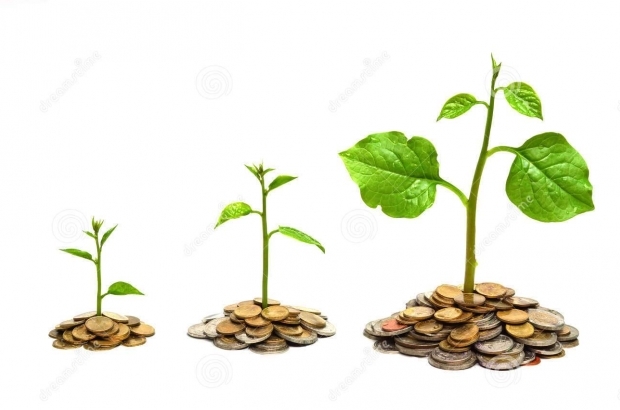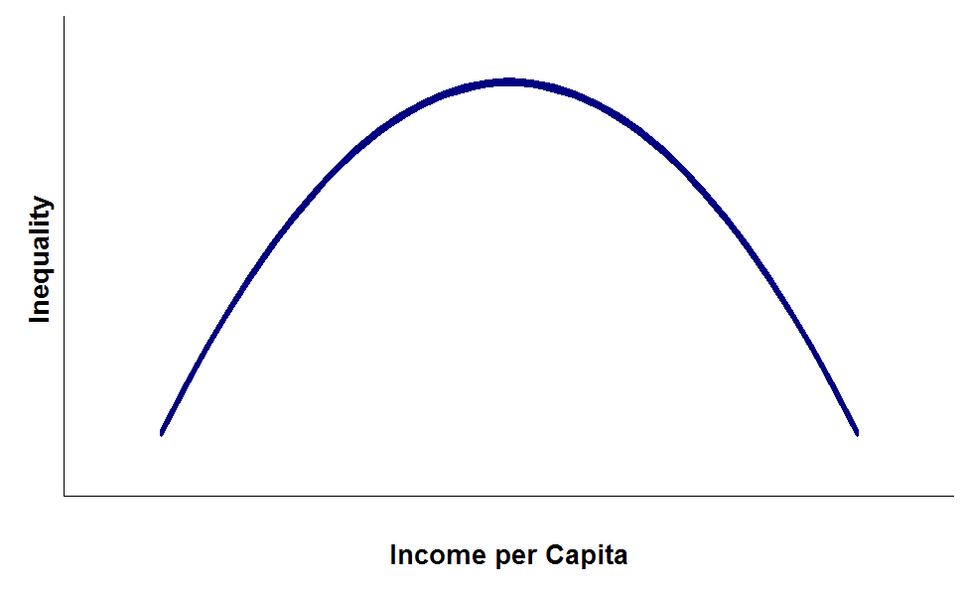Kenya’s economy is growing. It is expected that overall GDP growth will amount to 6.5% in 2015 and 6.3% in 2016 (Odero, Reeves, and Kipyego, 2015). These predictions are optimistic. This growth can mainly be explained through the expansion in construction, manufacturing, finance and insurance, information, communications and technology, and wholesale and retail trade (Ibid.). A long list, but not a meaningless one. Kenya is developing. A couple of years ago economic growth slowed down due to terrorist attacks. Particularly the tourism sector suffered from this as many people decided to spend their holidays elsewhere. Currently, the tourism sector is growing again, but is still affected by the constant terror threat. Nevertheless this is not keeping the Kenyan population down. More and more people are trying to benefit from economic growth. Average incomes are increasing and so is the amount of people in the middle-class.
One of the disadvantages of a growing economy is that there are always winners and losers. Kuznets (1955) shows in his theory about GDP per capita growth and inequality as you can see in the graph below. Kenya is currently entering the middle phase when it comes to GDP per capita, which means that inequality is increasing. This has significant effects on urban areas. The prospects of economic opportunities always attracts many people to urban areas, but because of this huge influx the number of people looking for a job outweighs the number of jobs available. The result is unemployment and people being forced to turn to slum areas to live in. Once in these areas, it is extremely difficult to get out of it. You could say it’s a poverty trap. However, if Kuznets theory really proves to be true and Kenya’s economy continues to grow, we should expect inequality to drop and more opportunities being created for people from the slums.
In this section you can find articles on different aspects of Kenyan economy. Instead of the usual Wikipedia information, we thought it would be more interesting to focus on specific topics relevant for Nairobi and the working environment of our project.
References:
Kuznets, Simon. 1955. Economic Growth and Income Inequality. American Economic Review 45(1): 1–28.
Odero, Walter, Wilmot Reeves and Nicholas Kipyego. 2015. “Kenya.” African Economic Outlook. Accessed October 29, 2015. Available from: http://www.africaneconomicoutlook.org/en/country-notes/east-africa/kenya/

